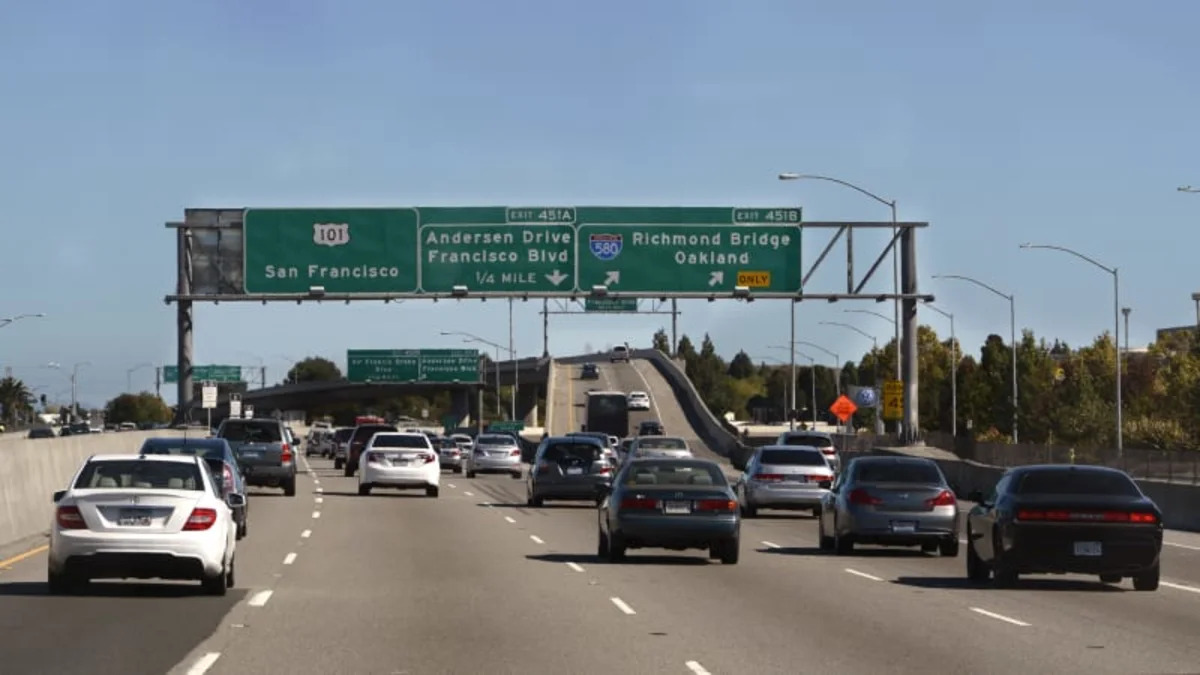The average American spent over nine days commuting in 2018, according to the census. The 27.1-minute one-way commute represents an all-time high that has increased significantly since 1980.
Data published by the United States Census Bureau reveals the average time spent commuting has gone up by about two minutes since 2009. In 1980, when working from home was much more challenging and few cared fanatically about their carbon footprint, the average American one-way commute was hovered around 22 minutes. American citizens spent about 50 minutes more driving to and from work each week in 2018 than in 1980, which is more than a little bit alarming.
Add it all up, and American workers over 16 years old invested 225 hours — more than nine days — into getting from where they live to where they work and back, whether that's in a car, by rail, in a bus or on a bike. To put this figure into context, that's more than half the time the average worker spent on vacation; a study published by CNN concluded Americans took 17.4 days off in 2018.
There are several reasons for the rise in commute time, according to the Washington Post. The publication listed the fact that new housing in urban areas isn't available quickly enough, so workers populate the suburbs and the outskirts, and it pinned some of the blame on the cities that didn't sufficiently improve their infrastructure as their population skyrocketed.
The Washington Post pointed out longer commutes can have a disastrous effect on the mental and physical health of workers. Commuters who spend a significant amount of time on the road are more likely to be obese, are at risk of suffering from high blood pressure, and their odds of getting divorced are higher. Fuel and tolls enter the equation, too.
On the bright side, census statistics revealed 5% of workers chose to telecommute in 2018, and the number is quickly growing. Interestingly, the percentage of the workforce that stays at home is greater than the percentage that rides public transportation to their office.


Sign in to post
Please sign in to leave a comment.
Continue